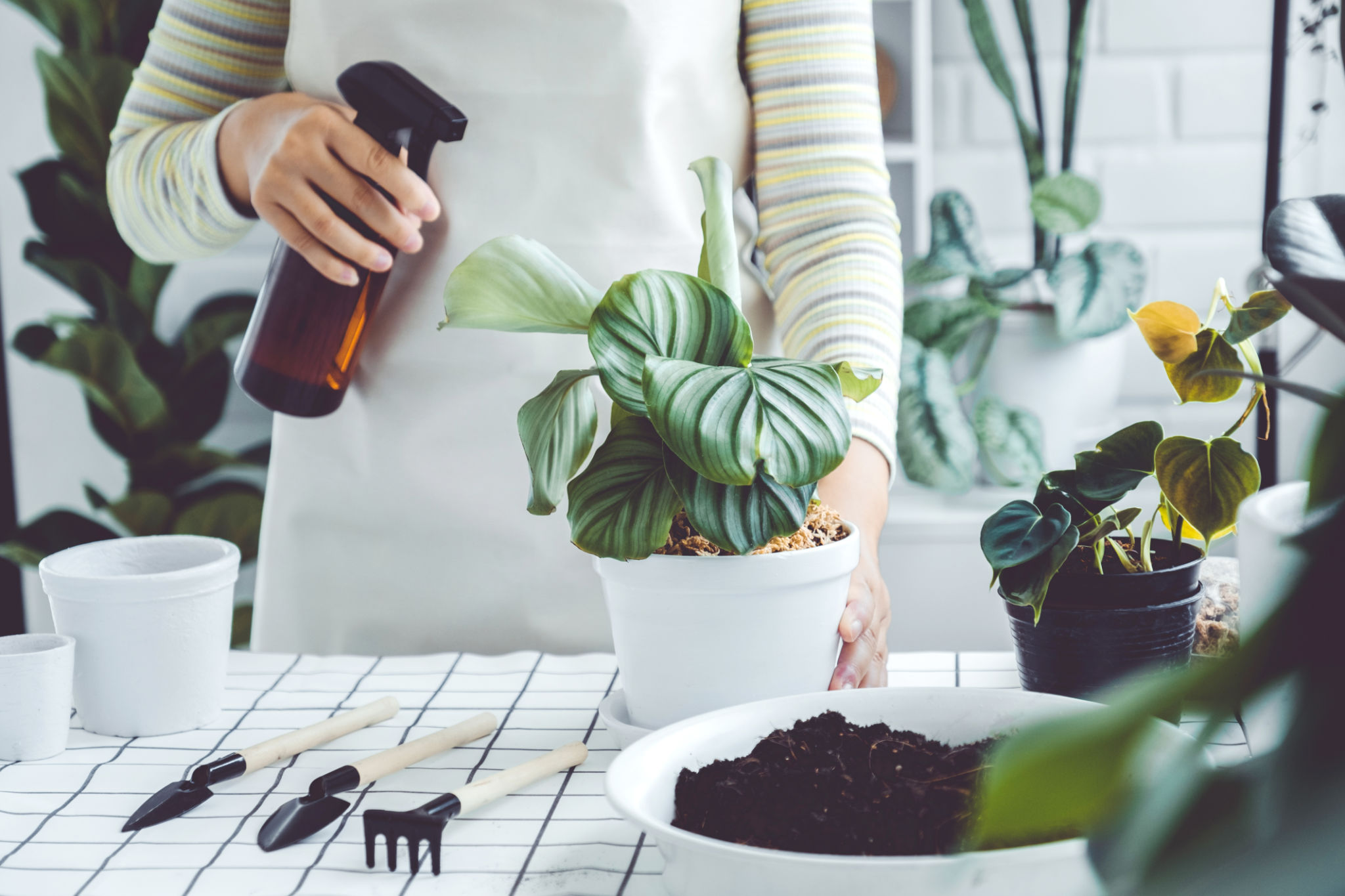Seasonal Tips for Preparing Your Interior Gardens in the MENA Region
Understanding the MENA Climate
The Middle East and North Africa (MENA) region is characterized by its diverse climate, ranging from the arid deserts to more temperate coastal areas. These climatic variations significantly affect how you should prepare your interior gardens. Understanding the specific climate conditions of your locale is crucial for successful gardening. While some areas might experience extreme heat, others may have cooler winters, each requiring different strategies for plant care.

Choosing the Right Plants
One of the first steps in preparing your interior garden is selecting the right plants that thrive in your specific climate. In the MENA region, opting for drought-resistant plants such as succulents, cacti, or Mediterranean herbs can be a wise choice. These plants not only require less water but also adapt well to the varying temperatures common in this region.
Consider incorporating plants like lavender, rosemary, and aloe vera, which are well-suited for the drier conditions and can add a touch of greenery and fragrance to your indoor space.
Creating an Optimal Growing Environment
After selecting suitable plants, it's essential to create an optimal growing environment. This includes ensuring adequate sunlight and proper soil conditions. Position your plants near windows to maximize natural light exposure, which is plentiful in the MENA region. If natural light is insufficient, consider using grow lights.

Soil and Water Management
Soil selection plays a vital role in indoor gardening success. Use a well-draining soil mix to prevent water retention, which can lead to root rot. Regularly check the moisture level of the soil to ensure it is neither too dry nor too wet. Implementing a consistent watering schedule will help maintain the health of your plants.
- Tip: Use pots with drainage holes to allow excess water to escape.
- Tip: Add mulch to soil surfaces to retain moisture and regulate temperature.
Seasonal Adjustments for Your Interior Garden
As the seasons change, so should your approach to caring for your indoor garden. During the hotter months, increase watering frequency but be cautious of overwatering, especially during high humidity periods. In contrast, during cooler months, reduce watering as plants tend to use less water.

Pest Control and Plant Maintenance
Indoor gardens in the MENA region can occasionally fall prey to pests such as aphids or spider mites. Regularly inspect your plants for signs of pest infestation and treat them promptly with organic pest control methods. Pruning dead or yellowing leaves also helps maintain plant health and encourages new growth.
By staying attentive to these seasonal changes and plant needs, you can ensure that your interior garden remains a thriving oasis throughout the year.